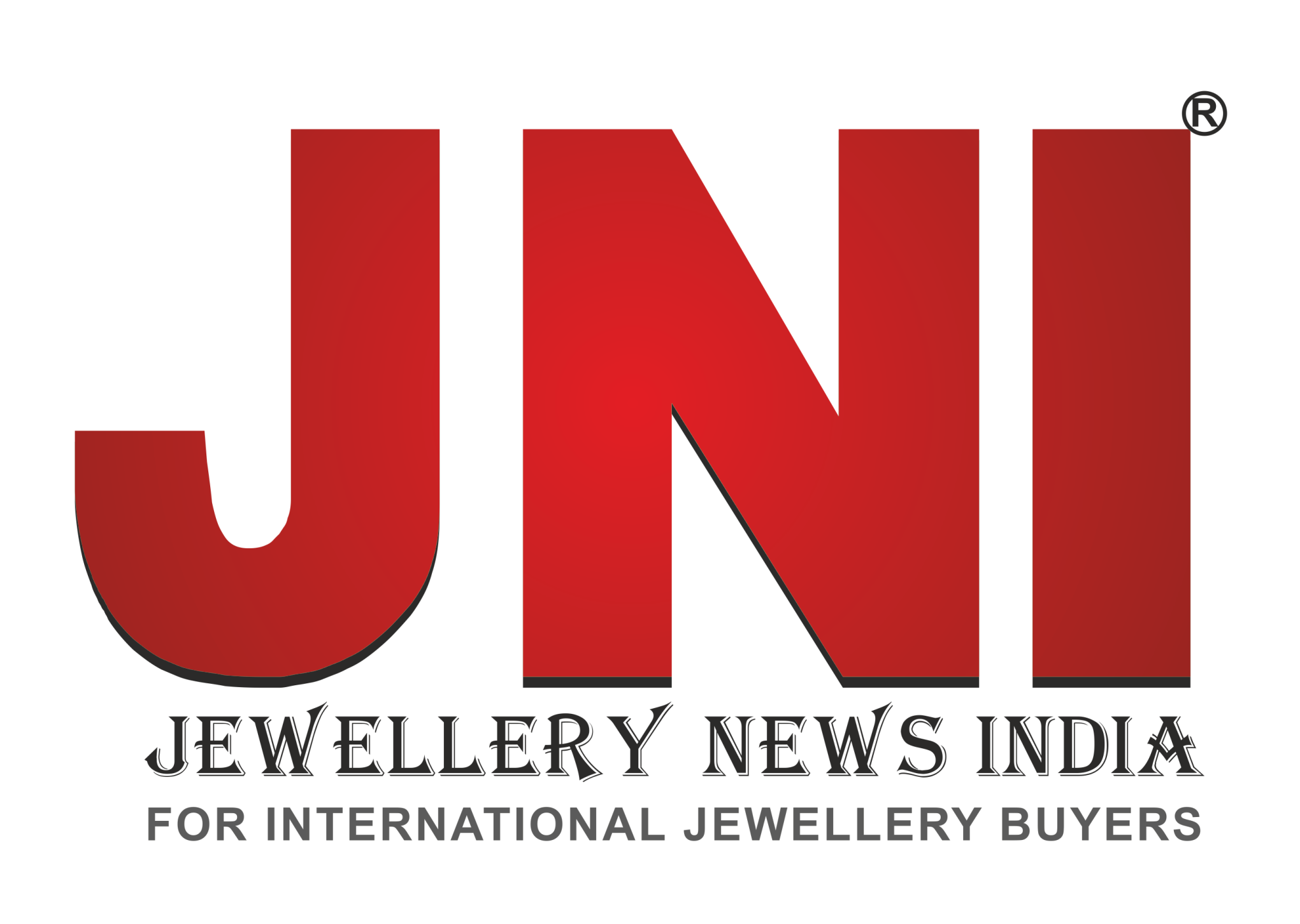Gold investment environment
Recently World Gold Council (WGC) held the inaugural Investment Summit in conjunction with NYU Stern Business School. The Summit aimed to raise the global conversation on gold, both in terms of its role in addressing critical long-term investment challenges, as well as its broader relevance in society. Here the attempt is to ‘Understanding the global investment environment’ from their published paper, ‘Tackling long-term global investment challenges.’
The macro-economic environment is changing as the axis of influence shifts from West to East. The roles of China and the US epitomise and reflect this shift. Against this dynamic backdrop, the first session of the Investment Summit focused on the long-term outlook for these two economies.
Much attention has been focused on the trade imbalance between these two global powers, with China running a surplus of almost US$60bn against the US. Discussion at the Investment Summit hinted at change to come, as China’s economy evolves and consumer expenditure increases.
China is embarking on a strategy of regulatory reform, strengthening financial regulation while moving towards more open policies around foreign exchange and capital controls. These changes should encourage Chinese investors, both in domestic and overseas markets, while bolstering inward foreign investment. Undeniably, risks within China’s financial sector remain.
Most at risk are mid-sized part-private, part-state-owned banks rather than large state-owned enterprises and regional banks. Although these mid-sized banks could become increasingly vulnerable as financial reforms are introduced, they are unlikely to create a systemic risk for China. The US, meanwhile, faces a number of innate, long-term challenges.
Increased longevity of its population and associated healthcare costs are putting pressure on the public purse and private savings, while globalisation, technology and a slump in productivity are contributing to rising inequality. Discussion at the Investment Summit suggested that education, training and investment are urgently needed to address these issues and ensure that, over the long term, the US returns to sustainable economic growth.
Designing the right policies and choosing the right investments may not be easy – particularly as effects are unlikely to be felt for many years. But failure to act now may result in long-term economic decline and a marked slowdown in foreign investment. It could be deduced that the very extent of these challenges would call into question the US dollar’s status as the world’s premier reserve currency.
But, the Summit suggested the contrary: delegates predicted that the US dollar would retain its current position, at least in the short term. The Summit noted, however, that central banks are already starting to hold RMB assets in their reserves. As China grows stronger and its markets open up, the RMB’s role on the world stage is almost certain to increase, indicating that, over the long term, there will be a shift towards a multi-currency reserve system.
The impact on gold China is already the largest consumer and producer of gold. The Investment Summit concluded that once financial reforms are in place and capital controls are lifted, financial investment in gold will undoubtedly increase among Chinese consumers. The Shanghai Gold Exchange (SGE) has already started to build a bridge between domestic and international gold markets and is likely to continue to do so.




